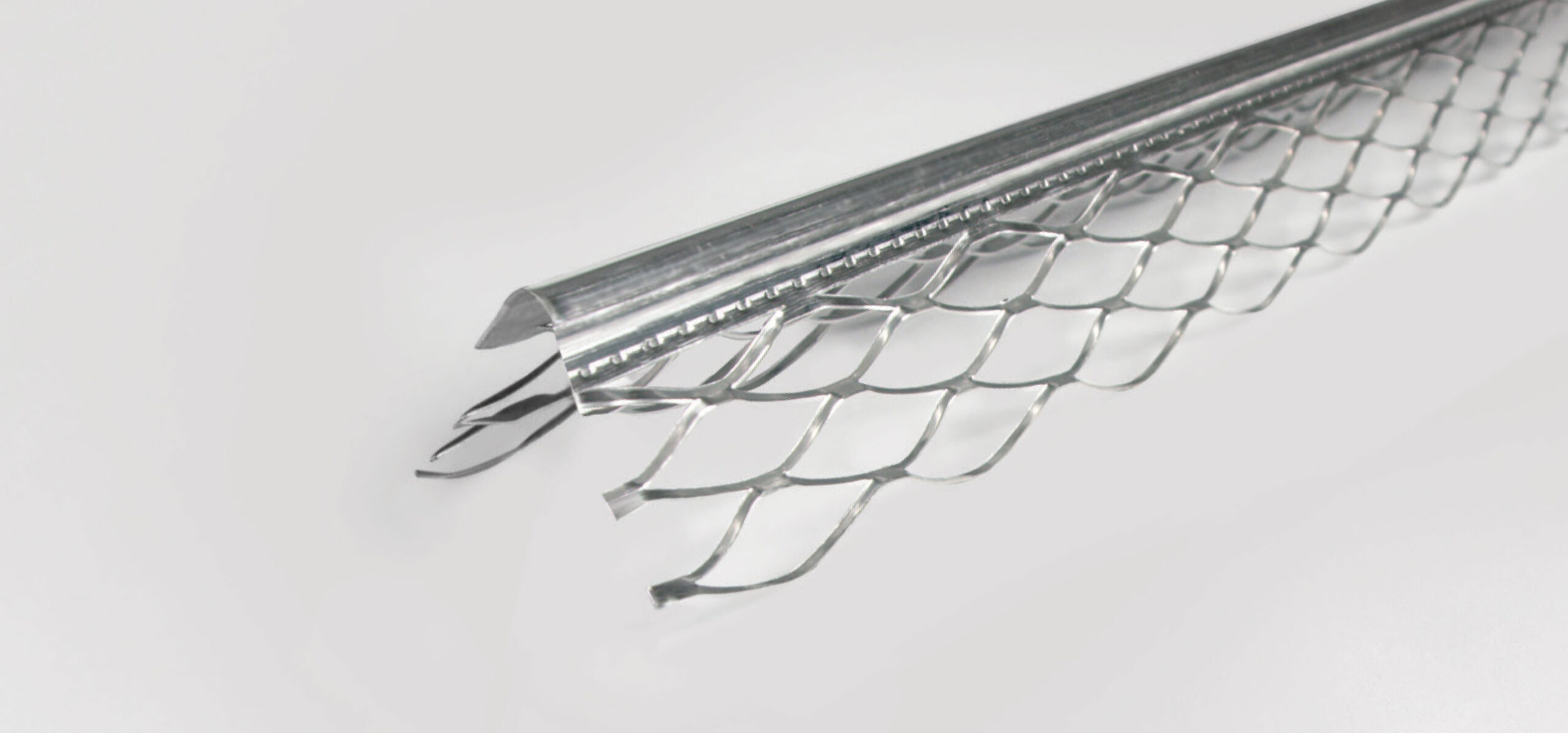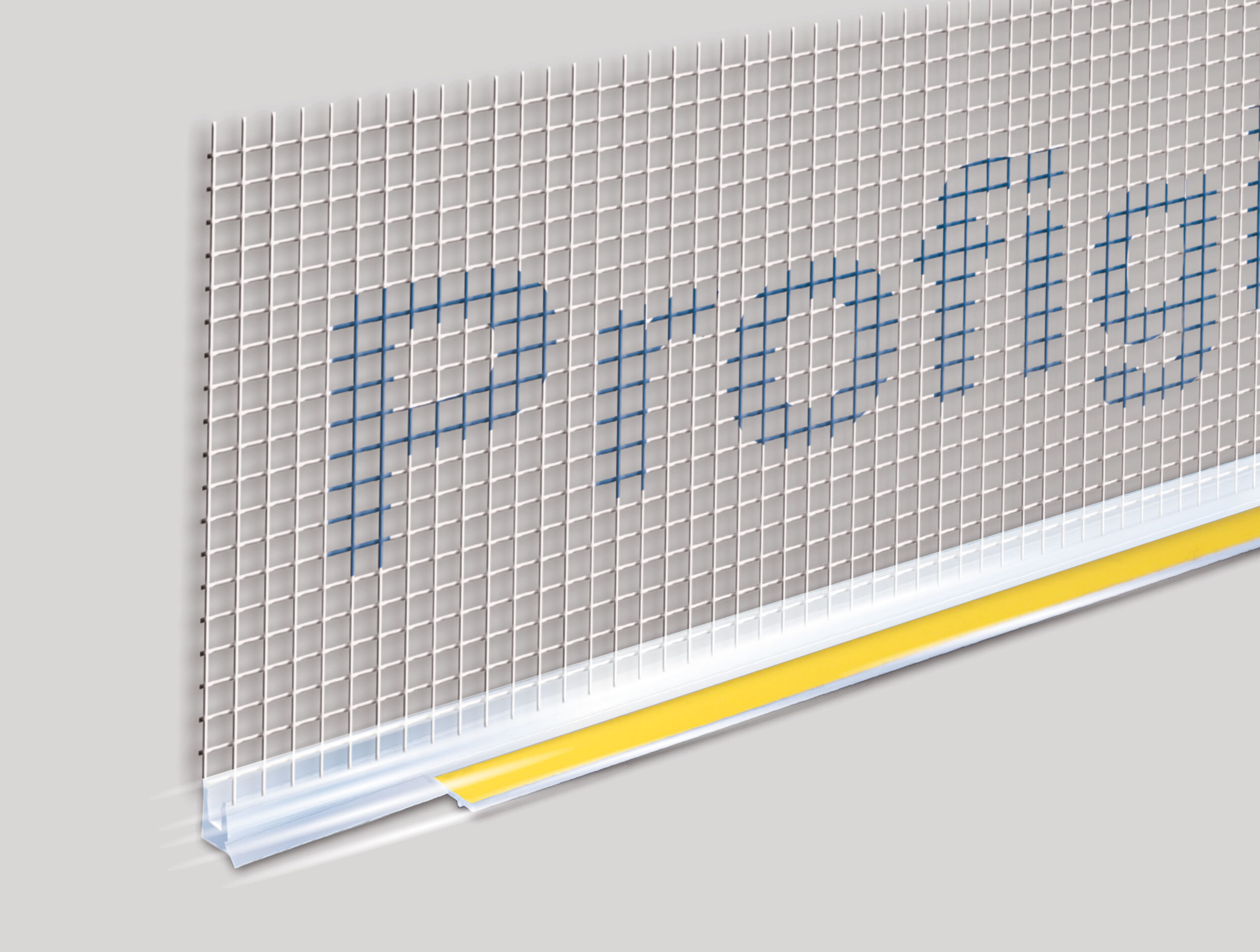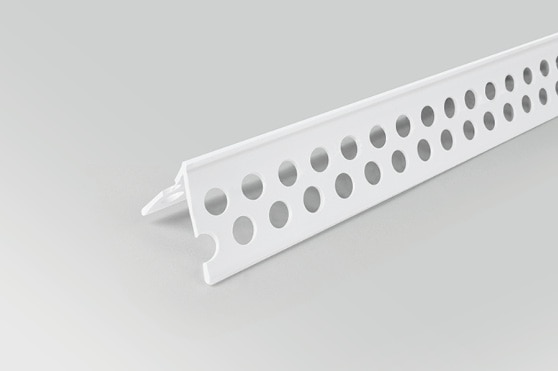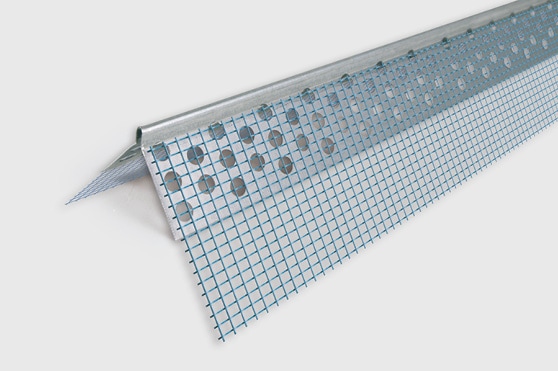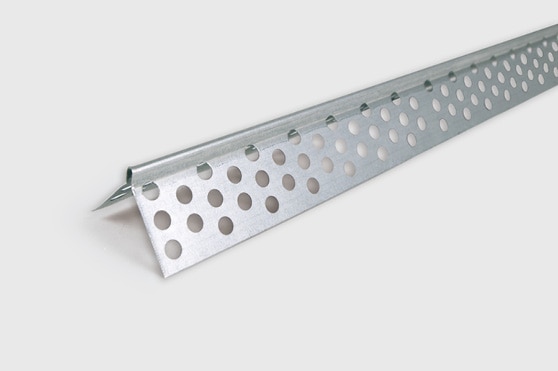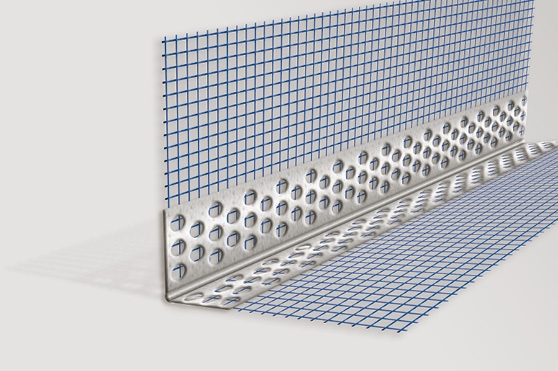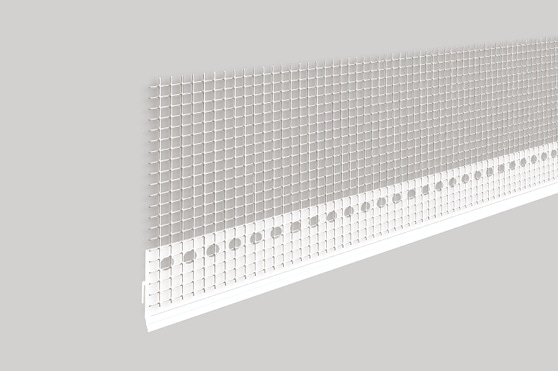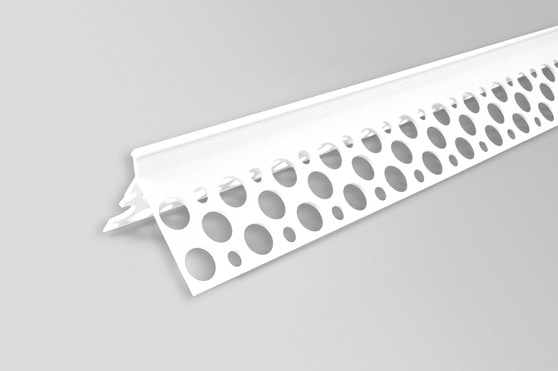Building expansion joints are an important structural element - although small and almost invisible, they are crucial to the durability and safety of our homes. This is why as much attention as any other aspect should be paid to the correct positioning and use of the expansion joint during planning and subsequent building work. In the following article, you will find out why expansion joints are essential, what types of expansion joints there are and what products can be used to carry out this process effectively and professionally.
What is a dilatation?
Let's start there, what dilatation is in general. It is an application of suitable gaps or flexible elements between the structural elements concernedwhich allow free movement and naturally occurring changes in the building dimensions. There are several types of expansion joints. Each is tailored to specific areas of the building and is responsible for levelling its other movements. The most common types of expansion joints are:
- vertical expansion joint - It makes it possible to compensate for longitudinal movements that occur in the vertical plane. It is used, among other things, on building facades, where movements associated with temperature changes and structural settlement can cause cracks.
- horizontal dilatation - allows horizontal movements to be compensated for. These are mainly due to temperature differences (e.g. between day and night or between seasons), ground settlement or structural loads. It is primarily used in ceilings, floors and areas where there are transitions between different building elements, such as between load-bearing walls and finishes.
- horizontal-vertical expansion joint - It is used wherever there is a risk of both longitudinal and vertical movements. The best example is the expansion joint around windows, where temperature changes (between the inside and outside of the building) generate structural movements vertically (vertical expansion joint) as well as horizontally (horizontal expansion joint).
Why is it necessary to dilate buildings?
The above descriptions vaguely answer the question, but it is worth clarifying the explanation of the issue. Dilatation of buildings is necessary primarily because of the impact that external and internal factors have on them and the movements that this generates. The natural changes in the dimensions of buildings and their parts are small, almost invisible to the naked eye, but make it constantly work. This is influenced, among other things, by changes in temperature, humidity, construction loads or ground settlement. Without the use of appropriate expansion joint solutions, each of these factors can lead to dangerous stresses and ultimately to cracks in the building, e.g. on the façade, walls, floors or ceilings.
What to look out for when making an expansion joint for a building?
Primarily on familiarity with this issue on the part of construction and finishing teams. If they are professionals, they will be able to reproduce the guidelines from the design accurately, maintaining the necessary expansion joints in the right places in the building. In addition to professional workmanship, it is worth paying attention to use of high quality building products. They are the ones that are supposed to provide effective and durable protection against the effects of structural movements, so it is worth taking the time to compare them and familiarise yourself with the specifications. What products are most commonly used in the creation of expansion joints?
- Expansion joint strips for facades - are flexible profiles which are installed along the joints between the façade and other building elements, such as windows or doors. Expansion joint mouldings for the façade must be made of robust materials that are completely weatherproof. At the same time, they must be flexible enough to allow the building to move. It is advisable to choose good quality expansion mouldings, because they provide optimum protection against façade cracks, also taking care of the aesthetic appearance of the building.
- Expansion joint strips for plaster - The principle of their operation is similar to that of the previously described mouldings. Only the place where they are used changes to where the plaster joins other building elements. They are suitably integrated into the expansion joints, helps to prevent cracking and the separation of plaster. Plaster expansion strips are available in a variety of sizes and colours, allowing you to matching them to the colour scheme various buildings.
Pay attention to the materials used by the construction team, taking care to ensure their quality, durability and the certainty of their source. You are then assured that they will perform their function for many years to come.

